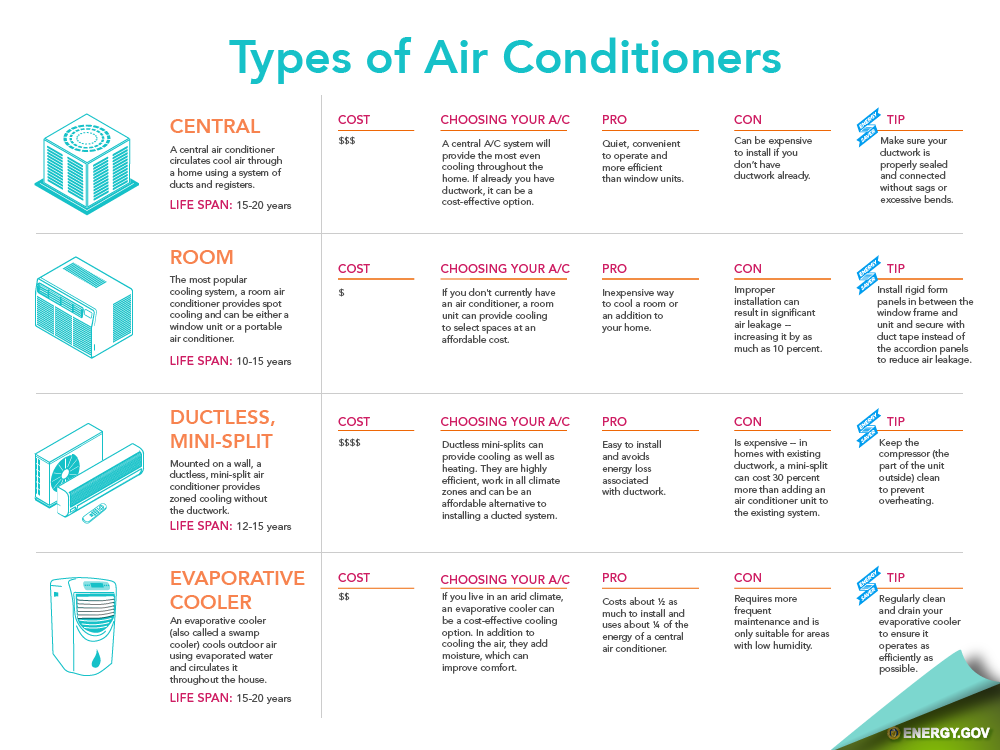The Ultimate Guide To Recognizing Warmth Pumps - How Do They Work?
The Ultimate Guide To Recognizing Warmth Pumps - How Do They Work?
Blog Article
Material Author-Steenberg Bland
The best heat pumps can conserve you substantial quantities of money on energy expenses. They can additionally help in reducing greenhouse gas emissions, especially if you use power in place of fossil fuels like lp and heating oil or electric-resistance heating systems.
Heatpump function very much the like a/c unit do. This makes them a viable alternative to typical electrical home heating systems.
Exactly how They Work
Heatpump cool down homes in the summertime and, with a little aid from electrical energy or natural gas, they supply some of your home's heating in the winter months. They're a good option for people who want to reduce their use of fossil fuels however aren't ready to change their existing furnace and cooling system.
They count on the physical reality that even in air that appears too cool, there's still power present: cozy air is constantly relocating, and it wishes to relocate right into cooler, lower-pressure environments like your home.
A lot of ENERGY STAR licensed heat pumps operate at close to their heating or cooling capacity throughout a lot of the year, decreasing on/off biking and saving energy. For the very best efficiency, focus on systems with a high SEER and HSPF rating.
The Compressor
The heart of the heatpump is the compressor, which is likewise referred to as an air compressor. This mechanical flowing device uses potential energy from power development to increase the pressure of a gas by decreasing its volume. It is various from a pump because it only works on gases and can't collaborate with liquids, as pumps do.
Climatic air gets in the compressor with an inlet valve. It circumnavigates vane-mounted arms with self-adjusting length that split the interior of the compressor, producing several tooth cavities of varying size. The blades's spin pressures these cavities to move in and out of stage with each other, pressing the air.
The compressor draws in the low-temperature, high-pressure cooling agent vapor from the evaporator and presses it into the hot, pressurized state of a gas. This process is duplicated as needed to supply heating or air conditioning as called for. The compressor additionally consists of a desuperheater coil that reuses the waste warm and adds superheat to the refrigerant, altering it from its fluid to vapor state.
The Evaporator
The evaporator in heatpump does the exact same point as it carries out in fridges and air conditioning system, altering fluid cooling agent right into a gaseous vapor that gets rid of heat from the area. Heat pump systems would certainly not function without this vital tool.
Click On this site of the system lies inside your home or building in an indoor air handler, which can be either a ducted or ductless device. It includes an evaporator coil and the compressor that presses the low-pressure vapor from the evaporator to high pressure gas.
air conditioning with installation take in ambient heat from the air, and afterwards utilize electrical energy to move that warmth to a home or company in home heating setting. That makes them a lot more power effective than electric heaters or heaters, and due to the fact that they're utilizing tidy electricity from the grid (and not melting fuel), they additionally create far less discharges. That's why heat pumps are such terrific environmental options. (In addition to a big reason that they're ending up being so popular.).
The Thermostat.
Heat pumps are fantastic options for homes in cold climates, and you can use them in combination with traditional duct-based systems or even go ductless. They're a fantastic alternative to nonrenewable fuel source heater or conventional electrical heaters, and they're a lot more sustainable than oil, gas or nuclear heating and cooling devices.
Your thermostat is one of the most important part of your heatpump system, and it functions extremely differently than a standard thermostat. All mechanical thermostats (all non-electronic ones) job by using materials that change size with increasing temperature level, like curled bimetallic strips or the expanding wax in an automobile radiator valve.
These strips include 2 different kinds of steel, and they're bolted together to create a bridge that finishes an electrical circuit linked to your HVAC system. As the strip obtains warmer, one side of the bridge broadens faster than the various other, which creates it to bend and signify that the heating system is needed. When the heatpump remains in heating mode, the turning around shutoff reverses the circulation of refrigerant, so that the outdoors coil now works as an evaporator and the interior cylinder becomes a condenser.